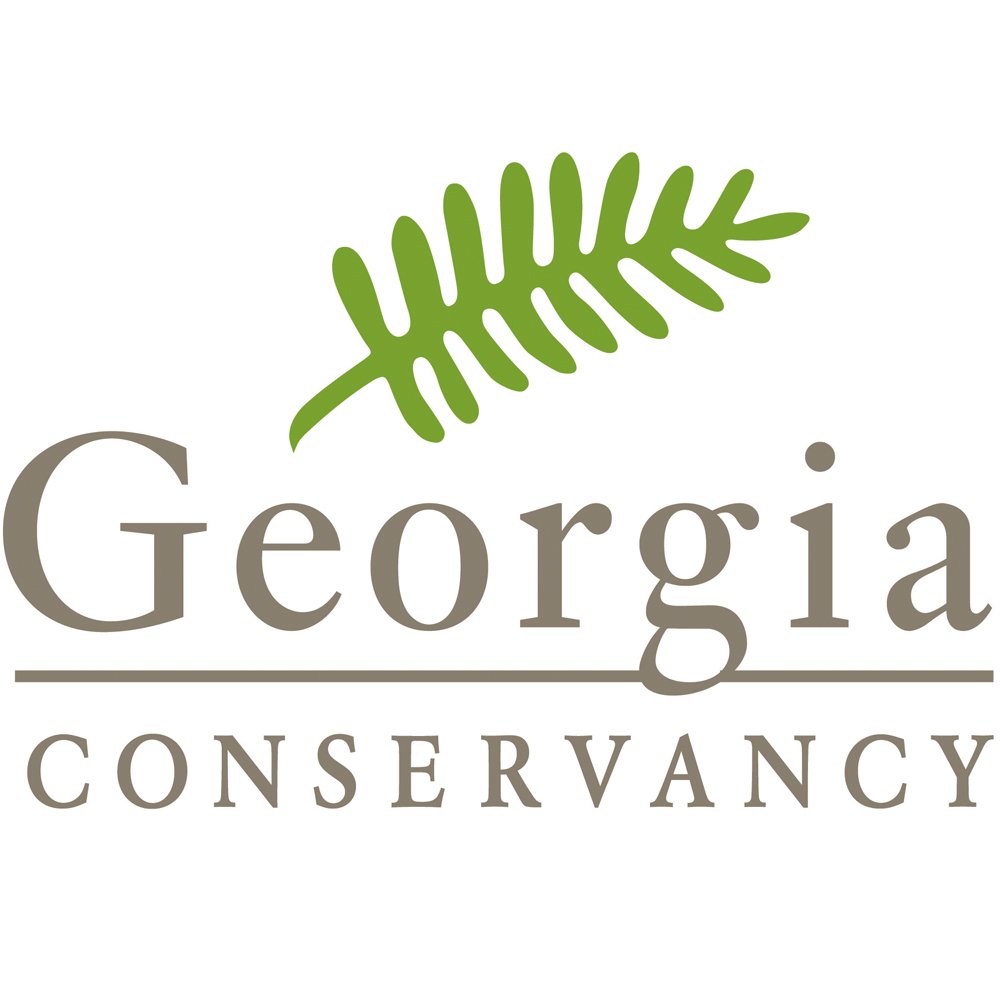Tybee Island Master Plan: UGA Landscape Architecture Studio
The Tybee Island Master Plan Studio and UGA College of Environment and Design was honored with Georgia Planning Association's 2017 Outstanding Student Project Award at the annual GPA Conference in Columbus in September 2017.
As a follow-up to our third Sea Level Rise Blueprints Studio: Adapt Defend Retreat with the Georgia Tech College of Design, in fall 2016 Georgia Conservancy Coastal Director Charles McMillan is facilitating a UGA College of Environment and Design Landscape Architecture Studio on Tybee Island. Tybee is one of five coastal locations that was the focus of our previous studio in 2013.
With the guidance of the Georgia Conservancy, the 16 student studio, instructed by Professor Alison Smith,
- Produced a summary of existing planning documents, previous studies, case studies and other relevant documents related to Tybee Island and coastal areas facing sea level rise
- Produced an inventory and analysis assessment of existing resources
- Identified goals and objectives
- Developed a suitability analysis for conservation, restoration and development
- Developed a master plan that enhances and restores: ecosystem processes (ex. dune restoration, living shorelines, etc.), provision of ecosystem services, sense of place, and that cultivates environmental and cultural stewardship.
- Produced a set of site construction documents capable of guiding the layout, grading and planting of the proposed design
- Participated in stakeholder meetings
- Supported and contributed to the Georgia Conservancy’s efforts for Coastal Georgia
Tybee Island is the eastern-most point on the Georgia coast, and a popular spot for beach tourists. Previous studies show that one meter of sea level rise will not only cover about half of the island, but also US-80, the only vehicular access on and off of the island. US-80 already faces severe flooding issues during storms, leaving citizens stranded until the water recedes. The island also faces flooding issues, particularly on the west side where marshes have been damaged by a long process of converting wetlands into residential areas.
For more information about our Sea Level Rise Blueprints studios read Sea Level Rise and the Future of Georgia's Coast by Ken Edelstein from our Winter 2015 issue of Panorama Magazine.
The Georgia Conservancy’s sea level rise work would not be possible without the generous support of Gulfstream, The Home Depot Foundation and The Ray C. Anderson Foundation, as well as the indispensable data supplied by Dr. Clark Alexander at the Skidaway Institute of Oceanography in Savannah.






